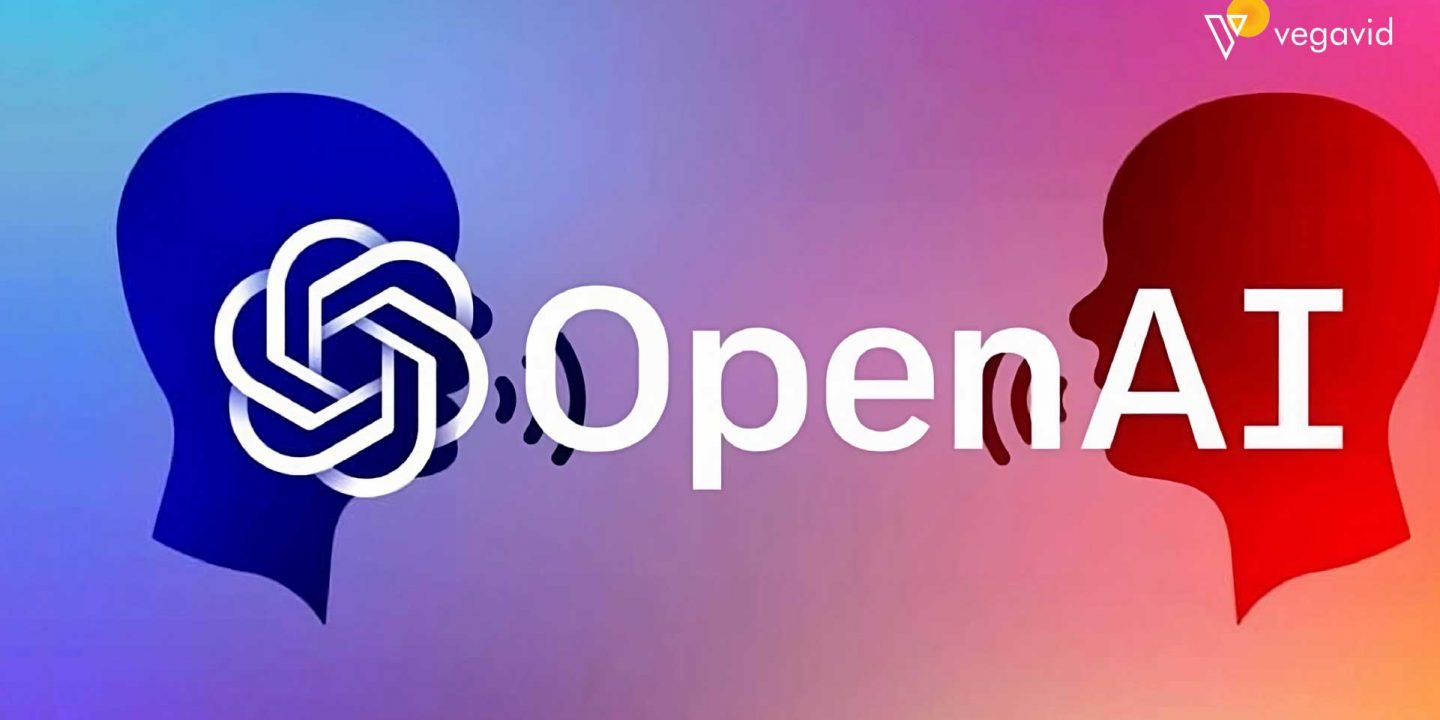
In the realm of artificial intelligence and natural language processing, GPT (Generative Pre-trained Transformer) by OpenAI has emerged as a groundbreaking language model, revolutionizing the way we interact with the text. This blog aims to demystify GPT and provide insights into its different models, functioning, potential use cases, and practical implementation. We will delve into the core concepts of GPT, explore its inner workings, and discuss the various applications it can be employed for. Additionally, we will guide you through accessing and utilizing GPT, highlighting both its advantages and limitations. Finally, we will ponder upon the future of GPT and speculate about its successors, as this remarkable technology continues to shape the landscape of AI and transform the way we communicate with machines.
What is GPT?
GPT, short for Generative Pre-trained Transformer, is an advanced language model developed by OpenAI. It represents a significant breakthrough in the field of natural language processing and artificial intelligence. GPT is designed to understand and generate human-like text by leveraging the power of deep learning and transformer-based architectures. Through a process of pre-training on vast amounts of text data, GPT learns the statistical patterns and structures of language, allowing it to generate coherent and contextually relevant responses.
With each iteration, GPT models have demonstrated remarkable improvements in fluency, coherence, and the ability to perform various language-related tasks. GPT has found applications in a wide range of domains, including chatbots, content generation, language translation, and more. It has enabled researchers, developers, and businesses to explore new frontiers in natural language understanding and communication. As a result, GPT has become a key technology driving advancements in AI and shaping the future of human-machine interaction.
The different GPT models
There have been several iterations of the GPT (Generative Pre-trained Transformer) models developed by OpenAI, each representing significant advancements in the capabilities of natural language processing. The notable GPT models include:
- GPT-1: The original model introduced by OpenAI, demonstrates the potential of transformer-based architectures in generating coherent text.
- GPT-2: A groundbreaking model known for its impressive text generation abilities, showcasing enhanced context understanding and the ability to generate more contextually relevant responses.
- GPT-3: Widely regarded as a milestone in AI language models, GPT-3 pushed the boundaries of what was thought possible. It exhibited remarkable fluency, creativity, and the capability to perform various language-related tasks, such as translation and summarization.
- GPT-4: The latest iteration of the series, GPT-4 represents a significant leap forward in AI capabilities. It promises enhanced natural language understanding, improved contextual coherence, and advanced multimodal capabilities, enabling it to understand and generate text in a more nuanced and human-like manner.
Each GPT model builds upon the successes and learnings of its predecessors, pushing the boundaries of language generation and understanding. These models have opened up new possibilities in fields like virtual assistants, content generation, and language translation, and continue to drive advancements in natural language processing research and application development.
How GPT works
GPT, or Generative Pre-trained Transformer, operates on a deep learning architecture called the Transformer. GPT’s working principle involves a two-step process: pre-training and fine-tuning. During pre-training, GPT is exposed to large amounts of text data, learning the statistical patterns and structures of language. This is done through unsupervised learning, where GPT predicts the next word in a sentence based on the context of preceding words, developing an understanding of grammar and semantics.
In self-supervised learning, GPT engages in masked language modeling, filling in masked words by considering the surrounding context. After pre-training, GPT undergoes fine-tuning using labeled data for specific tasks. This stage adapts GPT’s language understanding to more specific domains or applications. During inference, GPT takes an input text and generates a response using the Transformer’s attention mechanism, attending to relevant parts of the input. GPT’s strength lies in its ability to generate coherent and contextually appropriate text, making it invaluable for tasks such as chatbots, content generation, and language translation.
What GPT can be used for
Here are some additional use cases for GPT:
- Storytelling and scenario generation – GPT can generate realistic but fictional stories, narratives and scenarios based on a prompt. This could be useful for entertainment, creative writing exercises, or training simulations.
- Poem and song lyric generation – By training on corpora of poems and song lyrics, specialized GPT models could assist with or fully generate new poetic or lyrical text.
- Code completion – By training on source code datasets, a GPT model could offer intelligent suggestions and auto-complete functionality for software developers.
- Technical writing – GPT could help write summaries, documentation, or tutorials based on technical specifications or data sheets.
- Fake text detection – GPT’s ability to generate human-like but fake text could potentially be leveraged to identify other machine-generated text and detect deep fakes.
- Improving auto-captioning and transcription – GPT’s language model could be integrated with computer vision and speech recognition models to enhance auto-generated captions and transcripts.
- Examining sociocultural biases – Researchers have used GPT to surface inherent biases in its training data, providing insights into societal biases encoded in language.
- Analyzing scientific literature – By training on research papers, a specialized GPT model could summarize, synthesize and generate new hypotheses based on scientific literature.
Accessing and using GPT
Accessing and using GPT (Generative Pre-trained Transformer) typically involves utilizing cloud-based APIs or pre-trained models. OpenAI provides APIs that allow developers to integrate GPT into their applications, enabling text generation and other language processing tasks. Users can make API requests by sending input prompts and receiving generated responses.
Additionally, OpenAI has also released pre-trained GPT models, which can be fine-tuned for specific tasks or used as-is for various applications. These models can be downloaded and implemented locally, allowing users to leverage GPT’s capabilities without relying on external APIs. The accessibility and versatility of GPT make it accessible for developers and researchers to harness its power in a wide range of projects and use cases.
Pros and cons of GPT
Here are the Pros and cons of GPT:
Pros:
- Language Generation: GPT excels at generating human-like text, making it valuable for tasks like content creation, chatbots, and virtual assistants.
- Contextual Understanding: GPT models have a strong grasp of context, allowing them to generate responses that are relevant and coherent based on the input provided.
- Versatility: GPT can be fine-tuned for specific tasks or used as a general-purpose language model, making it adaptable to various applications and domains.
- Large-Scale Pre-training: GPT benefits from pre-training on massive amounts of data, enabling it to capture complex language patterns and nuances.
- Creative Applications: GPT’s ability to generate creative and imaginative text opens up possibilities for storytelling, poetry, and other artistic endeavors.
Cons:
- Lack of Control: GPT’s text generation is largely based on statistical patterns, which means it can sometimes produce inaccurate or nonsensical responses.
- Ethical Concerns: GPT models can inadvertently generate biased or inappropriate content if not carefully monitored and guided.
- Over-reliance on Training Data: GPT’s performance heavily relies on the quality and diversity of the data it is trained on, which can introduce biases or limitations.
- Limited Domain Expertise: GPT may struggle with highly specialized or domain-specific topics where deep domain knowledge is required.
- Resource Intensive: Training and fine-tuning GPT models require substantial computational resources, making it challenging for individuals or organizations with limited access to such resources.
It is important to consider these pros and cons when evaluating the use of GPT models for specific applications and to address potential limitations through careful design and monitoring.
Future of GPT and successors
The future of GPT (Generative Pre-trained Transformer) and its successors holds tremendous potential for advancements in natural language processing. Some key areas that are likely to shape the future of GPT models include:
- Enhanced Language Understanding: Future iterations of GPT are expected to exhibit even greater language understanding, contextual coherence, and semantic reasoning capabilities. This will enable more nuanced and sophisticated interactions with AI models.
- Multimodal Capabilities: GPT models are likely to evolve to incorporate not only textual data but also other modalities. It includes images, audio, and video. This will enable a more comprehensive understanding and generation of multimodal content.
- Few-shot and Zero-shot Learning: Future GPT models may require even less training data to achieve comparable performance. It will help enable them to learn new tasks with minimal examples or adapt to new domains quickly.
- Better Control and Guided Generation: There will likely be advancements in techniques to provide users with more control over the generated output. It will allow for precise and specific text generation aligned with desired guidelines or constraints.
- Ethical Considerations: Efforts will continue to address the ethical concerns associated with AI models like GPT. It will help in focusing on mitigating biases, ensuring responsible use, and promoting transparency and accountability.
- Scaling and Efficiency: The research will focus on developing techniques to train and deploy GPT models more efficiently. It will reduce computational requirements and make them more accessible to a broader range of users.
- New Architectures and Techniques: Researchers will explore novel architectures and training techniques beyond the Transformer model. It will aim to further improve performance, efficiency, and adaptability to diverse tasks.
Also, check the Best AI Chatbots for Business in 2023.
Conclusion
GPT has showcased the enormous potential of large language models to generate human-level text and assist with a wide range of language tasks. As GPT and other generative AI models continue to evolve, they are set to transform how people create, consume, and interact with content. While offering exciting opportunities, these systems also raise important questions about bias, ethics, and reliability. With responsible development and governance, generative AI could meaningfully augment human creativity instead of replacing it.
As GPT-4 and beyond push the boundaries of language modeling, the ultimate aim should be to create systems that collaborate productively with people rather than compete against them. The key will lie in leveraging the strengths of machines to augment rather than attempt to replicate – human intelligence. With care and foresight, generative AI like GPT has the potential to be a tool for the good of society. It will help people spend less time on repetitive language tasks and more time on higher-value creative and critical thinking work.











